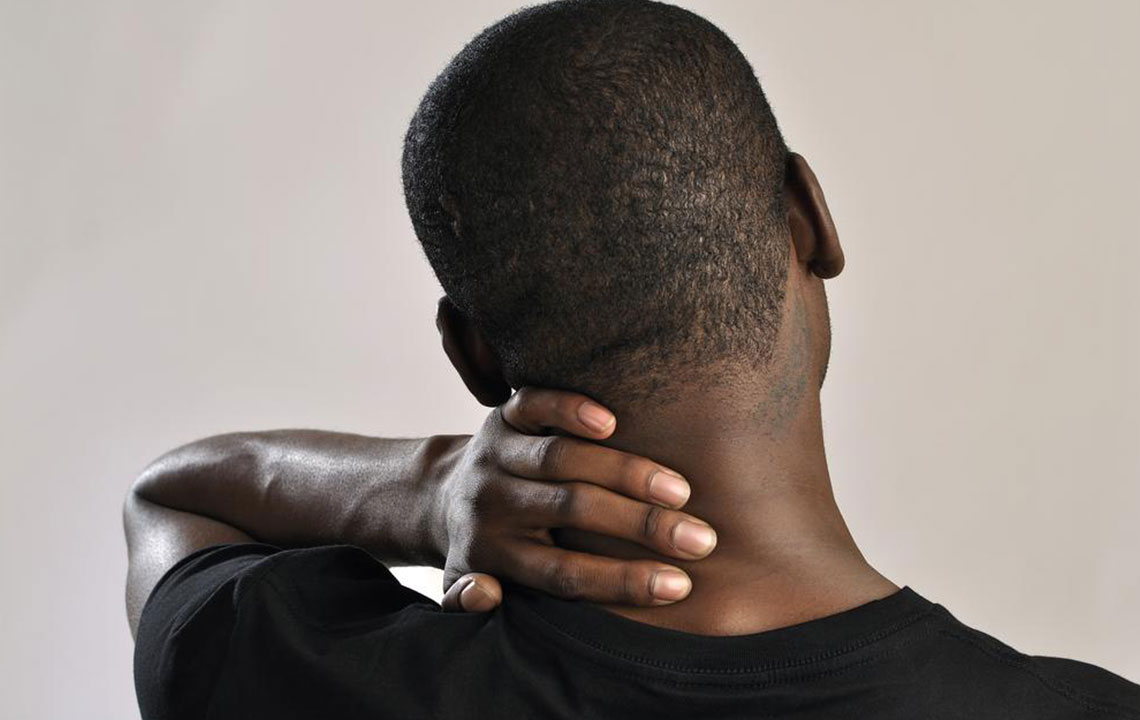Common Causes of Back and Spinal Pain
Explore common spinal and back pain causes, including abnormal curvatures, disc problems, fractures, and nerve issues. This guide highlights symptoms, potential causes, and the importance of professional diagnosis to maintain spinal health and prevent complications.

Common Causes of Back and Spinal Pain
Back discomfort can stem from various spinal conditions. Most patients experience issues related to the following common disorders:
Altered Spinal Curves – The natural curves of the spine help maintain balance, but excessive or abnormal curvature can increase strain on vertebrae and discs. Types include:
Scoliosis – a sideways spinal curve
Kyphosis – an exaggerated outward curve in the upper back (humpback)
Lordosis – an excessive inward curve of the lower back (swayback)
Degenerative Disc Disease – deterioration of spinal discs, involving thinning, hardening, or dehydration, often due to aging or stress.
Degenerated discs may irritate nerves and cause instability. Common issues include:
Bulging Disc – weakening of disc walls causes protrusion towards nerves, leading to pain.
Herniated Disc – tear in the disc wall allows inner material to press on nerves, causing pain, numbness, or weakness.
Fractures – vertebral cracks or breaks resulting from trauma, overuse, or conditions like osteoporosis.
Spinal Instability – vertebrae slipping or shifting, which may irritate bones, discs, and nerves. Causes include disc damage, injuries, arthritis, or congenital conditions.
Stenosis refers to narrowing of the spinal canal, compressing the spinal cord and nerves, resulting in pain. Nerve problems from these issues can cause discomfort, numbness, or weakness in limbs, often linked to lower back or neck conditions.
Caution:
The information shared on our platform covers various topics and aims to provide useful insights. It should not replace professional medical advice. The research reflects our team's work but may not be comprehensive or entirely up-to-date. We are not responsible for discrepancies or gaps in coverage. Readers are encouraged to consult healthcare professionals for diagnosis and treatment options.










